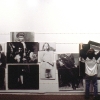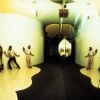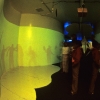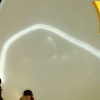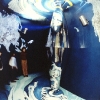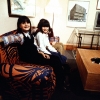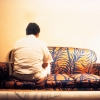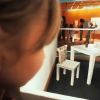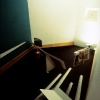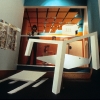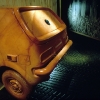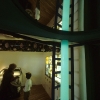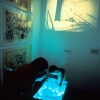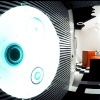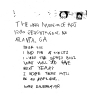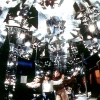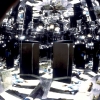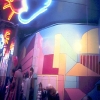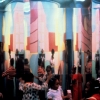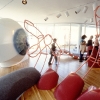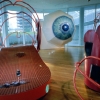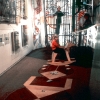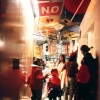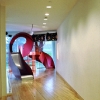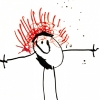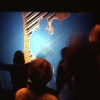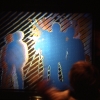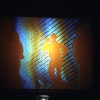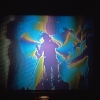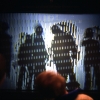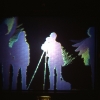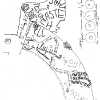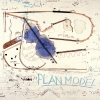Children’s Exhibitions – The High Museum of Art
Project Description
Five Children’s Participatory Exhibits
“The City”
1974-1992
The City was the first in a series of five children’s exhibits for the Education Department of the High Museum of Art. The subject of the city was used as a vehicle for the exploration of and introduction to the world of art. Color, form, texture, scale, space, surface, line and light were addressed by the varying degree of difficulty, size and accessibility of the exhibition parts.
“Children in America”
1978
Children in America focused on the role and place of children in American Art. Children and family portraits and a range of works inclusive of children was the core of the exhibit, illustrating the history of both art and children. Costume play, an interchangeable portrait wall, locator map, and the climber-circus were among the activities that encouraged children to find a relationship to the art.
“Spaces and Illusions”
1980
“This is not a pipe” could be the subtitle of “Spaces and Illusions”, an exhibition dedicated to the exploration of space, in relationship to the world of art. Among the aspects explored in the exhibition are perspective, a perspectival space, orientation, point of view, perception, depth, scale, and color. Children viewed, manipulated, operated on, moved through, over, under and around to discover surprising visual and spatial relationships.
“Sensation”
1983
sen-sa-tion (sen-sa’shen), n. 1. the power of process of receiving conscious sense impressions through direct stimulation of the bodily organism of the sense organs: as hearing, seeing, touching, tasting, and smelling are sensations. 2. an immediate reaction to external stimulation of a sense organ; conscious feeling or sense impression: as a sensation of cold. 3. a generalized feeling or reaction, often vague and without reference to immediate stimulus: as, a sensation of happiness.
Sensation was a participatory exhibition involving the arts, science, and technology and engaging the senses. It was about the senses — how we use our sense to relate to the world around us. It considered how each sense works, how we use our sense to relate to the world around us. It considered how each sense works, how artists and musicians use the senses and sensory perception to communicate, and how the arts and technology act as extensions of the senses.
“Spectacles”
1988
Spectacles is the latest in the High Museum Junior Gallery’s hands-on, interactive exhibitions for children. This exhibition uses works of art commissioned specifically for this installation by nationally recognized artists. While the art is not specifically geared toward children, each piece touches on a serious aspect or element of art, while at the same time, being of a nature which engages and energizes both children and adults alike.
Artists represented in Spectacles include:
Criss Mills Peter Campus Ed Tannenbaum Lucinda Bunnen
Marty Emanuel Barry Le Va Larry Bell Beverly Buchanan
Robert Morris Chuck Clark
Throughout the exhibition __ a succession of chambers, one leading to the next __ visitors are introduced to the elements that go into making art, and are asked to think about art’s starting points and building blocks __ ideas, media and materials, the visual elements, etc. Each chamber is devoted to a theme or to elements such as line and motion, light and space, color and shapes, illusions, viewpoints, etc. All works are interactive, in the sense that each would pique the viewer’s curiosity, impelling him to participate actively in it, moving from the delight of the initial experience of the piece, to an exploration of its underlying ideas, its effects, or its means.
The show was in place for five years and was seen by over one million visitors.
